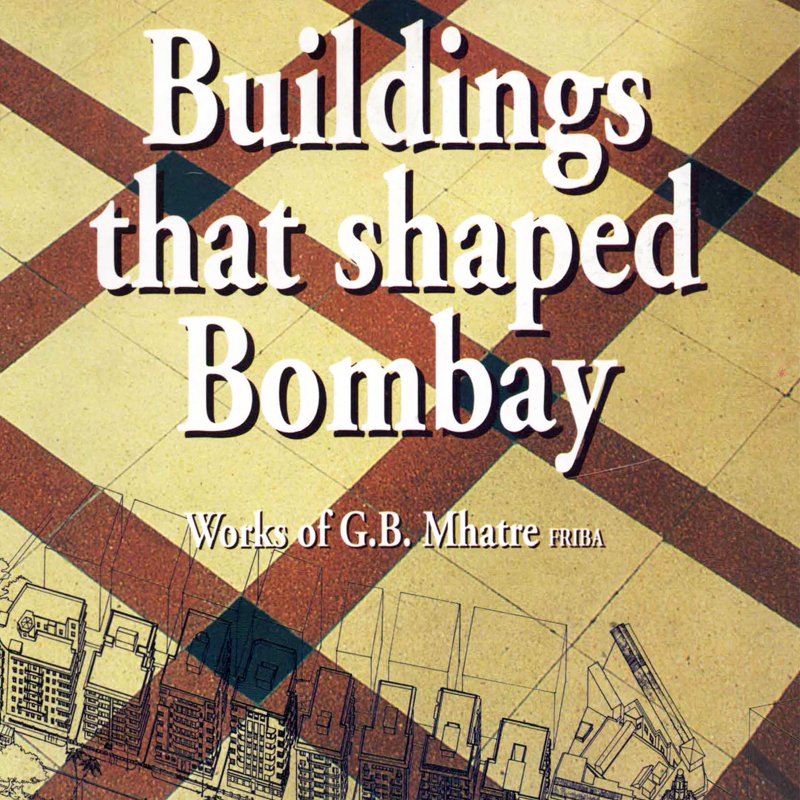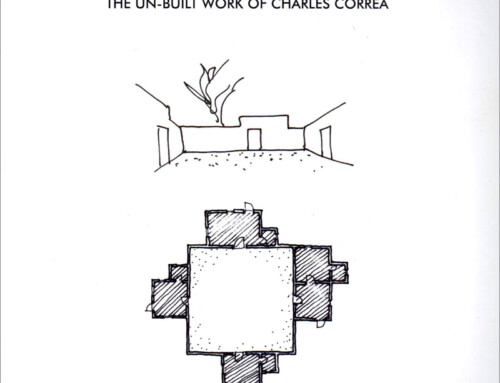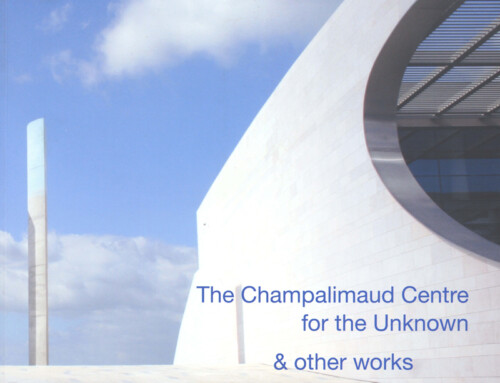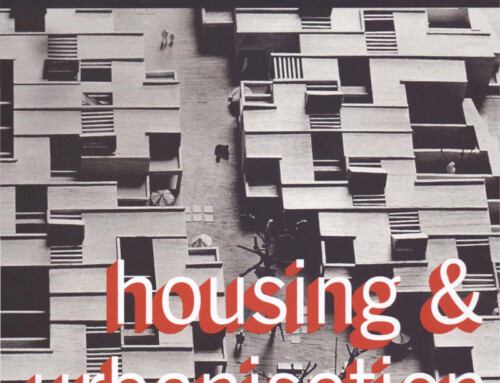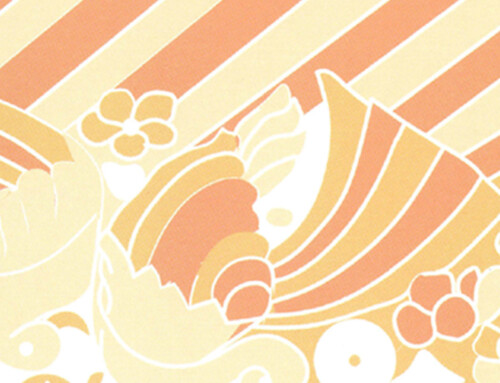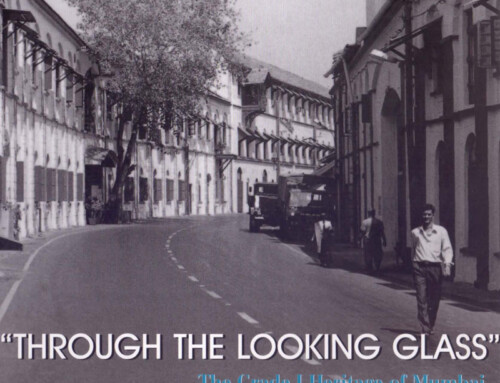Project Description
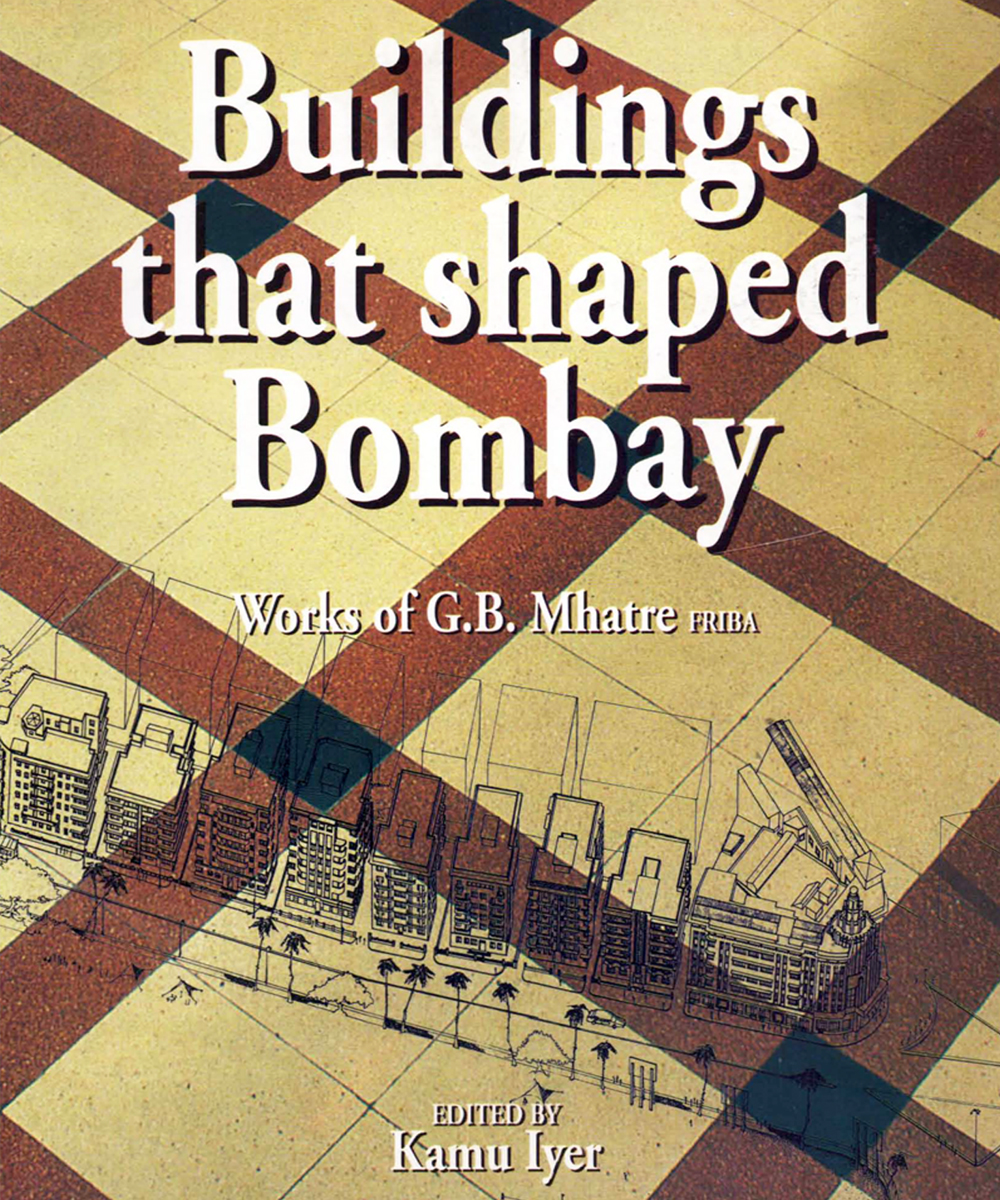
Buildings that shaped Bombay – Works of G.B. Mhatre, FRIBA
INTRODUCTION
Bombay, of all cities in India, is unique. It was built by the British as a commercial centre and migrants who came to live in it gave the city its singularity cosmopolitan character.
Unlike other India cities, Bombay’s growth was through a series of planning initiatives of which “Planned Precincts” by the City Improvement Trust, was most significant. In these, building form and design were regulated.
One of the most important shapers of the built environment then was G.B. Mhatre, a sensitive and gifted architect.
This book is about Mhatre’s work and the role he played in the context of a critical period in the architectural history of Bombay. It traces the development of his architecture from traditional beginnings through the Art Deco period to the modern.
Some of the important buildings designed by him in Bombay are illustrated with drawings and photos, as also some of his unrealised projects.
TABLE OF CONTENTS
- Preface
- Essays
- G.B Mhatre’s architecture & its times
- ‘Domestic Deco’ Architecture in Bombay: G.B.’s milieu
- G.B. Mhatre: the man and his work
- Projects
- Baroda House (1933)
- Rao House (1936)
- Gold Finch (1937)
- Bank Of India (1938)
- Sanghi House (1940)
- Krishnabad (1941)
- Gajjar House (1941)
- Marble Arch (1942)
- Kum Kum (1942)
- B.K. Shah House (1943)
- United Bank of India (1958)
- Unbuilt Works
- Oval Maidan Buildings
- List Of Selected Buildings
- Credits
